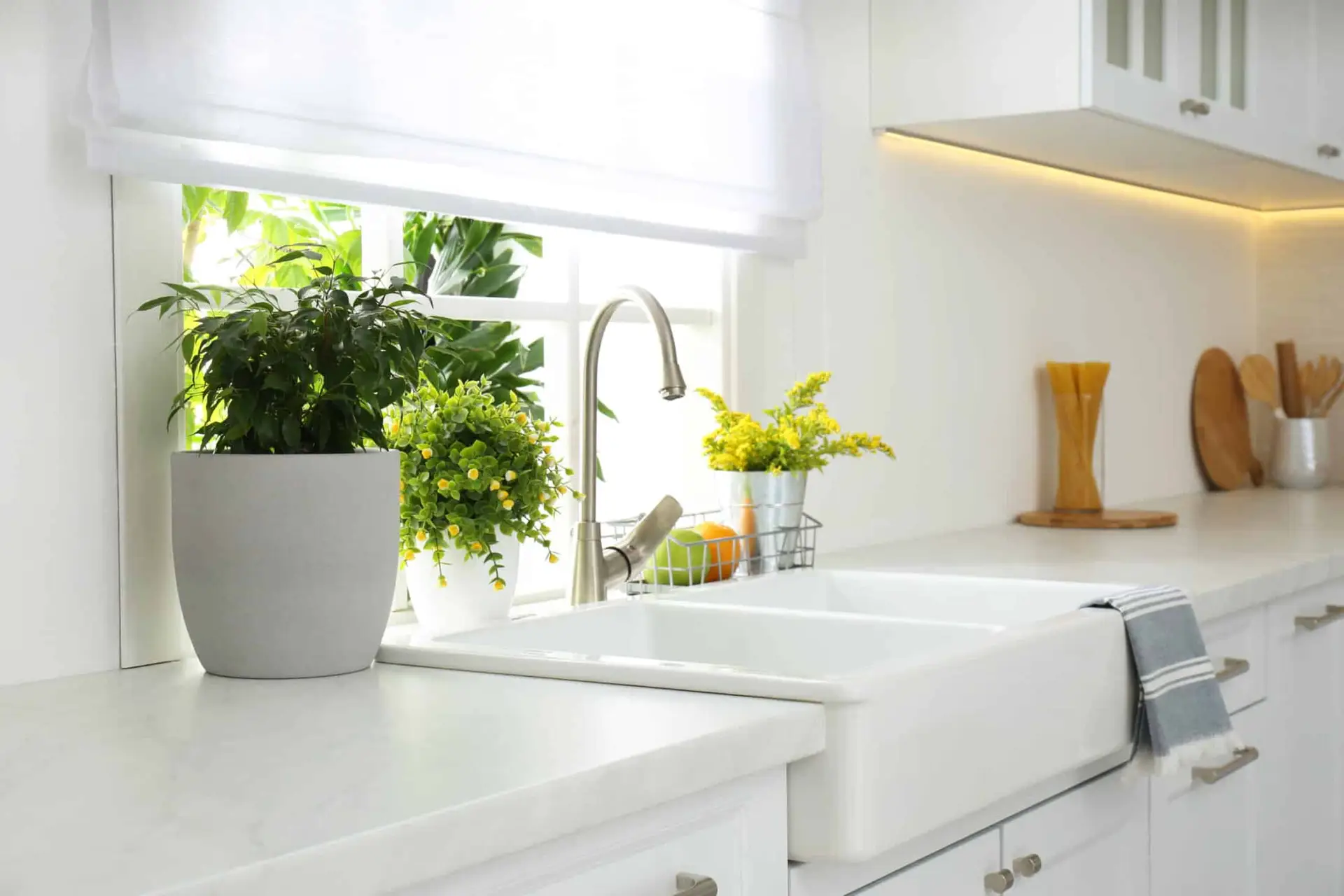Regardless of how extensive your home improvement project is, here are 5 points to always consider:
1. Consult an interior designer. Ideas are what a designer does for a living and it is always best to get impartial and professional feedback on your ideas. A designer also has a broad spectrum of suppliers, workrooms and craftsmen that goes way beyond what can be found in retail stores.
2. Have some professional plans and specifications to present to the contractors you interview so the when comparing bids, there are no open ends or loopholes that can be costly later on.
3. Have you interior designer review the winning bid to ensure that what’s included is not only what you want but also how you want it finished.
4. Always have a contingency of at least 10% (15% is even better) set aside for unforeseen expenses (i.e., a rusted-out sewer stack that has to be replaced or termite damage you didn’t know was there.)
5. Make sure you and your contractor have all the materials necessary for an expedient job on hand before he starts work. Delays waiting for materials to be delivered are costly and inconvenient and the idea is to minimize both.
Moving to a new house is always exciting and sometimes necessary, whether upsizing or downsizing. But when it’s not really necessary, improving what you have in ways that are judicious and value-added can provide years of convenience, happiness and family memories, and ultimately money in your pocket.





